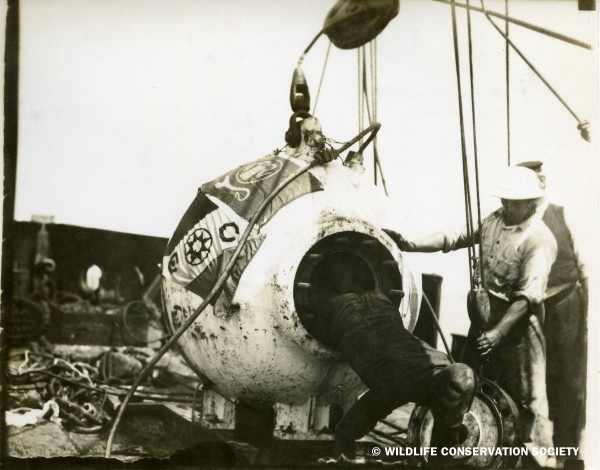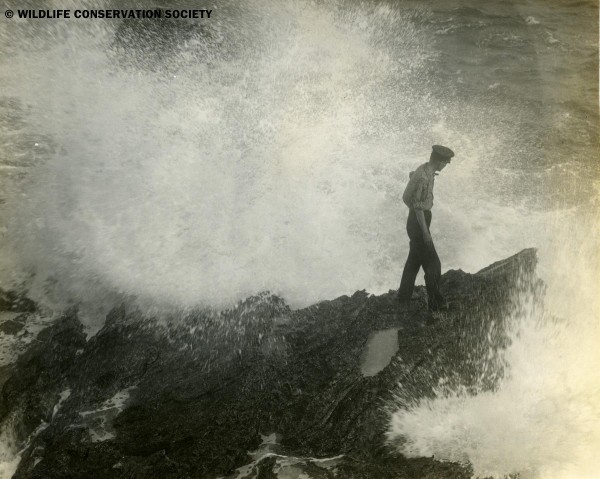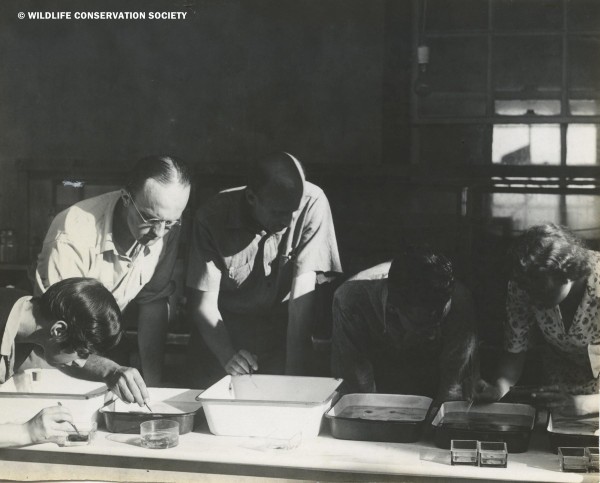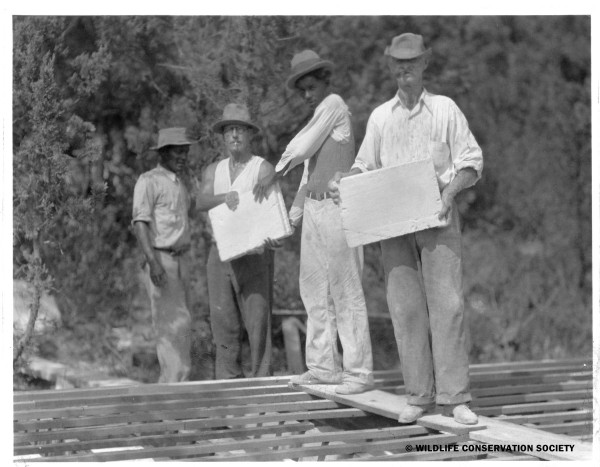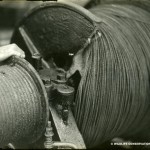 The Bronx Zoo itself is a nostalgic place for many people (myself included), where lifelong memories are made from childhood onward, and close-up animal experiences make nature come alive. It may sound like a cliché, but then again who among us can recall their favorite part of the zoo and not be overwhelmed by affection for the animals found there? My own longtime favorite part of the zoo as a kid was the (now closed) World of Darkness. So, as you can see here, the zoo and I go back quite a ways.
The Bronx Zoo itself is a nostalgic place for many people (myself included), where lifelong memories are made from childhood onward, and close-up animal experiences make nature come alive. It may sound like a cliché, but then again who among us can recall their favorite part of the zoo and not be overwhelmed by affection for the animals found there? My own longtime favorite part of the zoo as a kid was the (now closed) World of Darkness. So, as you can see here, the zoo and I go back quite a ways.
So too do the materials that I have been assigned to work with have a long history with the zoo. These materials include the Department of Tropical Research’s historic expedition photos, which were introduced so well by an intern preceding me here in her own blog post. The WCS Archives is currently engaged in the herculean task of digitizing these thousands of images for the public to enjoy, a huge job that seemed immensely daunting, since I knew that even after devoting hours and hours of work to scanning and documenting these photos, I’d still barely be making a dent in how many images will remain to be digitized.
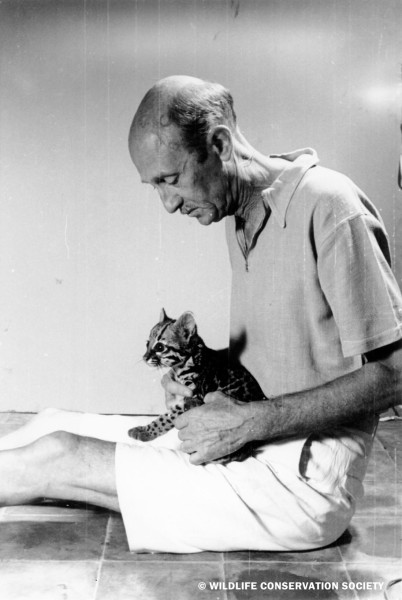
Just an average day for William Beebe, hanging out with an ocelot kitten in Venezuela, circa 1945. WCS Photo Collection
William Beebe is probably best known for his fearless underwater exploits in the Bathysphere, though he made countless other contributions to the scientific community as well. Throughout my work, I have come across many Bathysphere photos, which never cease to enthrall me–especially for the fact that I am holding the actual photos printed from the actual film that was actually there alongside the Department of Tropical Research and their craft.
But frankly, these aren’t the photos that have excited me most of all. What have been most inspiring to me in the course of this work aren’t actually the glorious photos of the team’s swashbuckling exploits.
Rather, it has been the unexpectedness of the details–many times unglamorous–within the photos themselves that really make history come alive on a personal level and totally floor me again and again. Throughout these expedition photos, there are countless pictures of staff and crew toiling through their daily work.
These are the photos that seem most real to me and are most illustrative that research expeditions aren’t always fun and games. Someone is always toiling behind the scenes to bring knowledge and awareness into our realms of understanding and familiarity. Scientific exploits, while sounding flawlessly noble on paper, are oftentimes demanding and taxing on the people who endure them, and working in the WCS Archives has renewed the appreciation that I have for those from whom I have gleaned so much inspiration and learning, and who have epitomized so well the mission of WCS as an organization.
So, then… what was the most personally poignant photo that I came across, you might ask?
I really fell in love with this seemingly innocuous photo of a broken cable drum that had been used to lower the Bathysphere into the ocean and was a setback to the project. Lest you think that all these hours scanning photos has made me crazy, take a closer look! In the center of the photo is the perfect white silhouette of an ant, which must have been crawling around on the negative plate. It reminded me that nobody is ever too little to make a difference, and that maybe, just maybe, I’ve made one too with my work here.
This internship has renewed my respect and gratitude for all those carrying out feats of research in the name of science and education, and making them accessible first-hand to people through the work of groups like the WCS Archives. I came in to this internship not really knowing what exactly to expect, and will have left it with a new favorite–sorry, World of Darkness!
This post was written by Alexandra Fernandes, who worked during Summer 2015 as the Photo Archives & Digital Asset Management Intern at the WCS Archives. Alexandra is a current MLIS graduate student with SUNY Buffalo. She lives in Westchester and has an interest in pursuing work in museum libraries or archives upon completing her degree next year.


